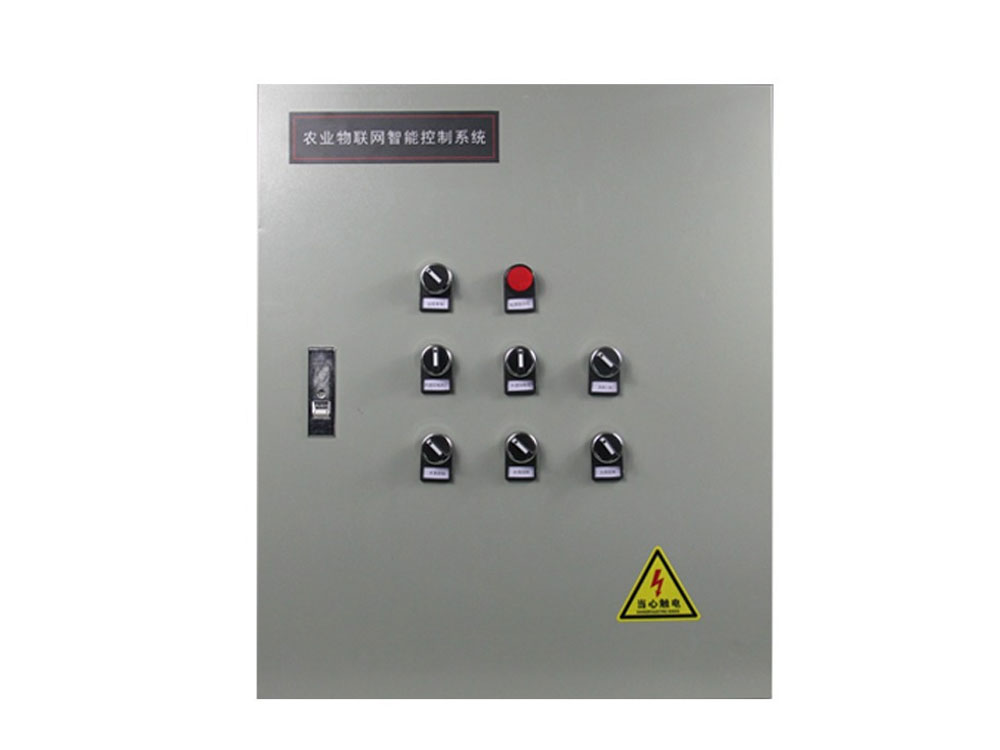
IoT system for monitoring farmland
The IoT system for monitoring farmland is usually called the agricultural IoT system or smart agriculture system. It uses IoT technology to integrate sensors, smart devices, data communication networks, etc. to achieve real-time monitoring, data collection and intelligent management of the farmland environment.
The following is a detailed introduction to the system:
System composition
The agricultural IoT system mainly consists of the following parts:
- Sensor network: This is the perception layer of the system, including various sensors such as soil moisture sensors, temperature sensors, light sensors, wind speed and direction sensors, rainfall sensors, etc., which are used to monitor various parameters in the farmland environment in real time.
- Data acquisition equipment: Responsible for summarizing and preliminarily processing the data collected by the sensors, and then transmitting the data to the data processing platform.
- Data transmission network: Includes wired and wireless communication networks, which are used to transmit the data collected by the data acquisition equipment to the data processing center or cloud platform.
- Data processing and analysis platform: Process, analyze and visualize the received data to provide decision support for farmers and agricultural managers.
- Intelligent equipment: such as automatic irrigation system, intelligent monitoring system, intelligent temperature control system, etc., automatically adjust and control the farmland environment according to the analysis results and instructions of the data processing platform.

Main functions
- Real-time monitoring: Real-time monitoring of parameters such as temperature, humidity, light, wind speed, wind direction, rainfall, and soil information such as soil moisture and nutrient content in the farmland environment through the sensor network.
- Data acquisition and transmission: The data acquisition equipment summarizes the data collected by the sensor and transmits it to the data processing platform in real time through the data transmission network.
- Data processing and analysis: The data processing platform processes and analyzes the received data, extracts useful information, and provides support for decision-making. At the same time, through visual display, farmers and agricultural managers can intuitively understand the farmland environment.
- Intelligent control: According to the analysis results of the data processing platform and the preset thresholds or rules, the intelligent equipment automatically adjusts and controls the farmland environment, such as automatically adjusting the irrigation amount, fertilization amount, ventilation amount, etc.
- Warning and alarm: When the farmland environmental parameters are detected to be beyond the preset range or there is a potential risk, the system can send early warning information or alarm signals to farmers and agricultural managers in time so that they can take timely measures to deal with it.
Application advantages
- Improve agricultural production efficiency: Through real-time monitoring and intelligent management, farmers and agricultural managers can more accurately grasp the farmland environmental conditions, optimize production processes, and improve production efficiency.
- Save resources: The system can accurately measure soil moisture, nutrient requirements and other information, realize precise fertilization, irrigation and other operations, and reduce resource waste.
- Improve the quality of agricultural products: Scientific management of farmland environment helps reduce the occurrence of pests and diseases and the use of pesticides, and improve the quality and safety of agricultural products.
- Reduce labor intensity: Automated monitoring and management reduce the labor burden of farmers and improve production efficiency.
- Promote sustainable development of agriculture: The application of smart agricultural Internet of Things system helps promote the modernization and intelligent development of agriculture, and provides important support for the sustainable development of agriculture.
Application Examples
- Precision irrigation system: Real-time monitoring of soil moisture through soil moisture sensors, and automatic adjustment of irrigation equipment operation according to crop growth needs and water resource conditions to achieve precision irrigation.
- Pest and disease monitoring system: Use cameras and spectral sensors installed in farmland to monitor crop growth status and pest and disease conditions in real time, and provide farmers with scientific planting management suggestions.
- Weather warning system: Combine meteorological data and farmland environmental data to predict future weather conditions, and send warning information to farmers to help them take preventive measures in time to reduce the impact of natural disasters on agricultural production.
In short, the Internet of Things system for monitoring farmland is an indispensable and important tool in modern agricultural production. It provides scientific decision-making support for farmers and agricultural managers through real-time monitoring, data collection, intelligent control and other functions, improves agricultural production efficiency, saves resources, improves the quality of agricultural products and promotes the sustainable development of agriculture.




